Diphenylpyraline Hydrochloride
Synonym(s):4-Diphenylmethoxy-1-methylpiperidine;Diphenylpyraline hydrochloride
- CAS NO.:132-18-3
- Empirical Formula: C19H24ClNO
- Molecular Weight: 317.85
- MDL number: MFCD00012835
- EINECS: 205-049-3
- SAFETY DATA SHEET (SDS)
- Update Date: 2024-12-18 14:15:30
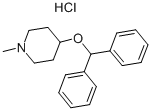
What is Diphenylpyraline Hydrochloride?
Description
Diphenylpyraline is an antihistamine drug with anticholinergic and sedative action. It is intended for symptomatic treatment of seasonal allergies and allergic reactions as well as an adjuvant drug in anaphylactic reaction therapy. Synonyms of this drug are arbid, timpil, histryl, hispril, and others.
Originator
Diafen,Riker,US,1955
The Uses of Diphenylpyraline Hydrochloride
Diphenylpyraline Hydrochloride is a salt of Diphenylpyraline (D492110), an H1 receptor antagonist (an antihistamine) and is commonly prescribed to treat allergic and vasomotor rhinitis. There is also some research being conducted on diphenylpyraline derivatives to determine their antimycobacterial and antifungal activity.
The Uses of Diphenylpyraline Hydrochloride
Antihistaminic;H1 antagonist
What are the applications of Application
4-Diphenylmethoxy-1-methylpiperidine hydrochloride is n inhibitor of Histamine H1 Receptor
Definition
ChEBI: The hydrochloride salt of diphenylpyraline. A sedating antihistamine, it is used as the hydrochloride for the symptomatic relief of allergic conditions including rhinitis and hay fever, and in pruritic skin disorders.
Manufacturing Process
A mixture of 46 grams of 1-methyl-4-piperidinol (0.4 mol), 49.4 grams of
benzhydryl
omide (0.2 mol) and 100 ml of xylene was refluxed for
approximately 24 hours. The reaction mixture separated into two phases with
the upper phase containing the desired ether compound dissolved in xylene.
The lower phase consisted of the hydro
omide salt of the excess 1-methyl-4-
piperidinol. The upper phase was separated from the lower phase and the
desired benzhydryl ether recovered in the crude state by distilling off the
xylene under reduced pressure.
The crude benzhydryl ether was a clear reddish oil. It was dissolved in 75 ml
of 20% hydrochloric acid and the aqueous acid solution then washed three
times with 50 ml portions each of ethyl ether. The aqueous acid solution was
then decolorized with activated carbon and thereafter slowly admixed with 75
ml of 28% aqueous ammonia. The benzhydryl ether separated as an oily
material and was removed from the aqueous mixture by extraction with three
50 ml portions of ethyl ether.
On evaporation of the ethyl ether from the ethyl ether solution, the
benzhydryl ether was recovered as a pale yellow oil. The benzhydryl ether was
dissolved in 60 ml of isopropanol and the isopropanol solution acidified to a
pH of 3 with dry hydrogen chloride-methanol solution. The acidic propanol
solution was then diluted with ethyl ether until a faint turbidity was observed.
In a short time, the crystalline hydrochloride salt of the benzhydryl ether
separated from the propanol solution. The crystallized salt was recrystallized
once from 75 ml of isopropanol with the aid of ethyl ether in order to further
purify the material. A yield of the pure hydrochloride salt of 1-methylpiperidyl-
4-benzhydryl ether of 24.5 grams was obtained. This was 39% of the
theoretical yield. The pure material had a melting point of 206°C.
Therapeutic Function
Antihistaminic
General Description
Diphenylpyr alinehydrochloride, 4-(diphenylmethoxy)-1-methylpiperidinehydrochloride (Hispril, Diafen) is a white or slightly offwhitecrystalline powder that is soluble in water or alcohol.Diphenylpyraline is structurally related to diphenhydraminewith the aminoalkyl side chain incorporated in a piperidinering. It is a potent antihistaminic, and the usual dose is 2 mg3 or 4 times daily.
Synthesis
Diphenylpyraline, 4-diphenylmethoxy-1-methylpiperidine (16.1.32), is synthesized by alkylating 4-hydroxy-1-methylpiperidine with benzhydrylbromide.

Properties of Diphenylpyraline Hydrochloride
| Melting point: | 203-205 °C(lit.) |
| storage temp. | under inert gas (nitrogen or Argon) at 2-8°C |
| solubility | Chloroform (Slightly), DMSO (Slightly), Methanol (Slightly), Water (Slightly) |
| form | Solid |
| color | White to Off-White |
| Merck | 13,3363 |
| Stability: | Hygroscopic |
| EPA Substance Registry System | Diphenylpyraline hydrochloride (132-18-3) |
Safety information for Diphenylpyraline Hydrochloride
| Signal word | Warning |
| Pictogram(s) |
 Exclamation Mark Irritant GHS07 |
| GHS Hazard Statements |
H302:Acute toxicity,oral |
| Precautionary Statement Codes |
P280:Wear protective gloves/protective clothing/eye protection/face protection. P305+P351+P338:IF IN EYES: Rinse cautiously with water for several minutes. Remove contact lenses, if present and easy to do. Continuerinsing. |
Computed Descriptors for Diphenylpyraline Hydrochloride
Diphenylpyraline Hydrochloride manufacturer
Ralington Pharma
New Products
(S)-3-Aminobutanenitrile hydrochloride 4-Methylphenylacetic acid N-Boc-D-alaninol N-BOC-D/L-ALANINOL Tert-butyl bis(2-chloroethyl)carbamate 3-Morpholino-1-(4-nitrophenyl)-5,6-dihydropyridin- 2(1H)-one Furan-2,5-Dicarboxylic Acid Tropic acid 1-Bromo-3,5-Di-Tert-Butylbenzene S-2-CHLORO PROPIONIC ACID ETHYL ISOCYANOACETATE 2-Bromo-1,3-Bis(Dimethylamino)Trimethinium Hexafluorophosphate 4-IODO BENZOIC ACID 3-NITRO-2-METHYL ANILINE 1-(2,4-DICHLOROPHENYL) ETHANAMINE (2-Hydroxyphenyl)acetonitrile 4-Bromopyrazole 2-(Cyanocyclohexyl)acetic acid 4-methoxy-3,5-dinitropyridine 1-(4-(aminomethyl)benzyl)urea hydrochloride 2-aminopropyl benzoate hydrochloride diethyl 2-(2-((tertbutoxycarbonyl)amino) ethyl)malonate tert-butyl 4- (ureidomethyl)benzylcarbamate Ethyl-2-chloro((4-methoxyphenyl)hydrazono)acetateRelated products of tetrahydrofuran
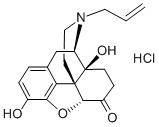
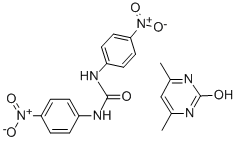
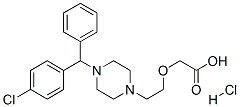
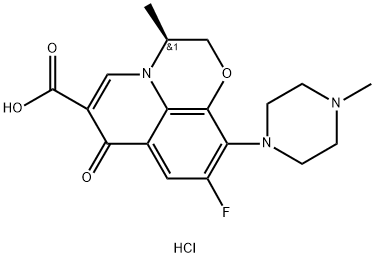



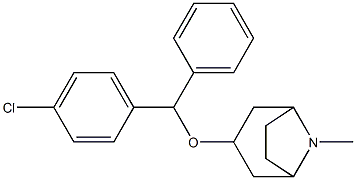
You may like
-
 132-18-3 Diphenylpyraline (hydrochloride) 98%View Details
132-18-3 Diphenylpyraline (hydrochloride) 98%View Details
132-18-3 -
 132-18-3 98%View Details
132-18-3 98%View Details
132-18-3 -
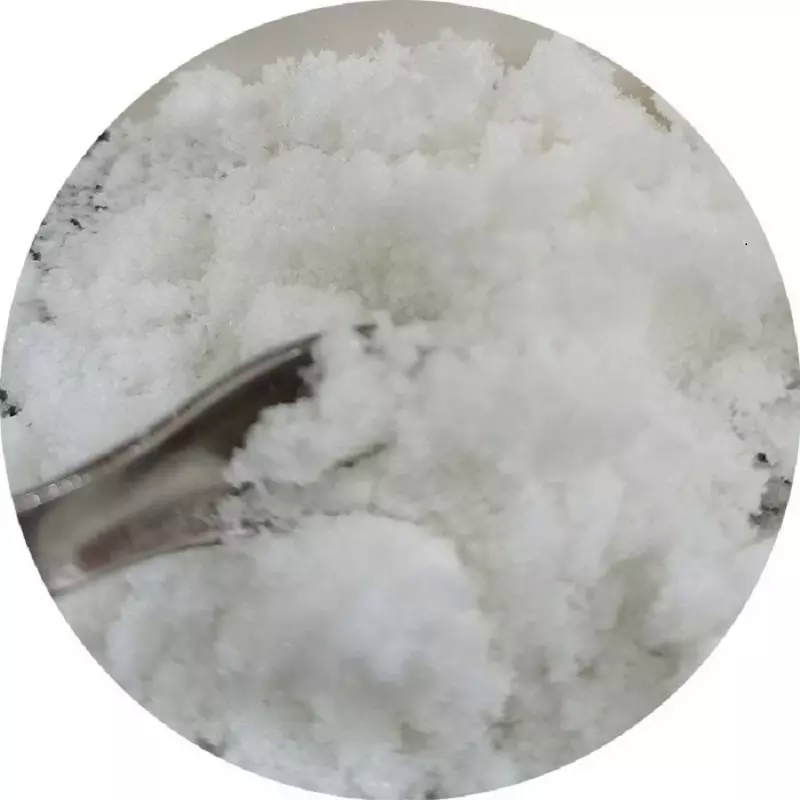 Diphenylpyraline hydrochloride 98%View Details
Diphenylpyraline hydrochloride 98%View Details
132-18-3 -
 4-Diphenylmethoxy-1-methylpiperidine hydrochloride CAS 132-18-3View Details
4-Diphenylmethoxy-1-methylpiperidine hydrochloride CAS 132-18-3View Details
132-18-3 -
 1975-50-4 98%View Details
1975-50-4 98%View Details
1975-50-4 -
 2-HYDROXY BENZYL ALCOHOL 98%View Details
2-HYDROXY BENZYL ALCOHOL 98%View Details
90-01-7 -
 14714-50-2 (2-Hydroxyphenyl)acetonitrile 98+View Details
14714-50-2 (2-Hydroxyphenyl)acetonitrile 98+View Details
14714-50-2 -
 118753-70-1 98+View Details
118753-70-1 98+View Details
118753-70-1